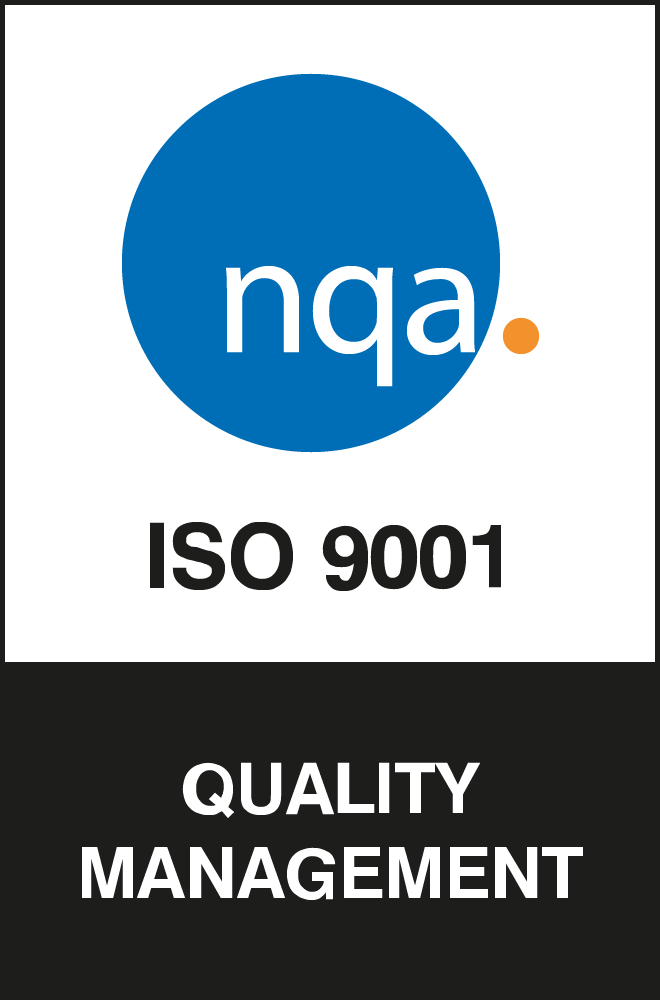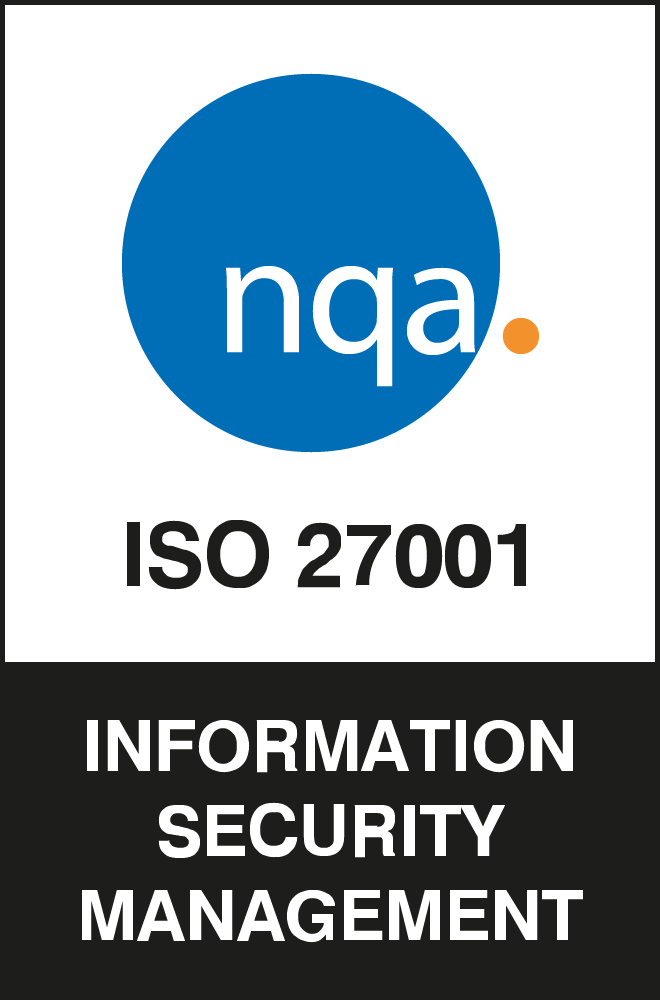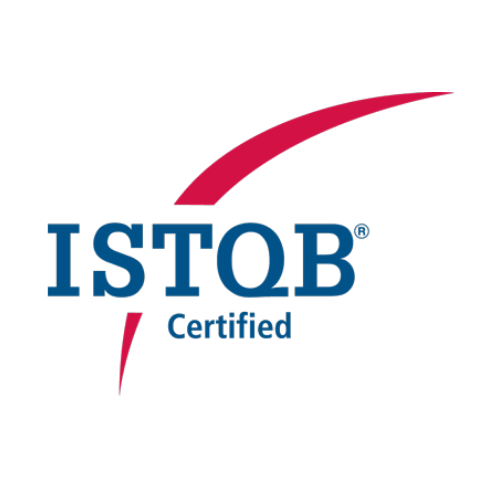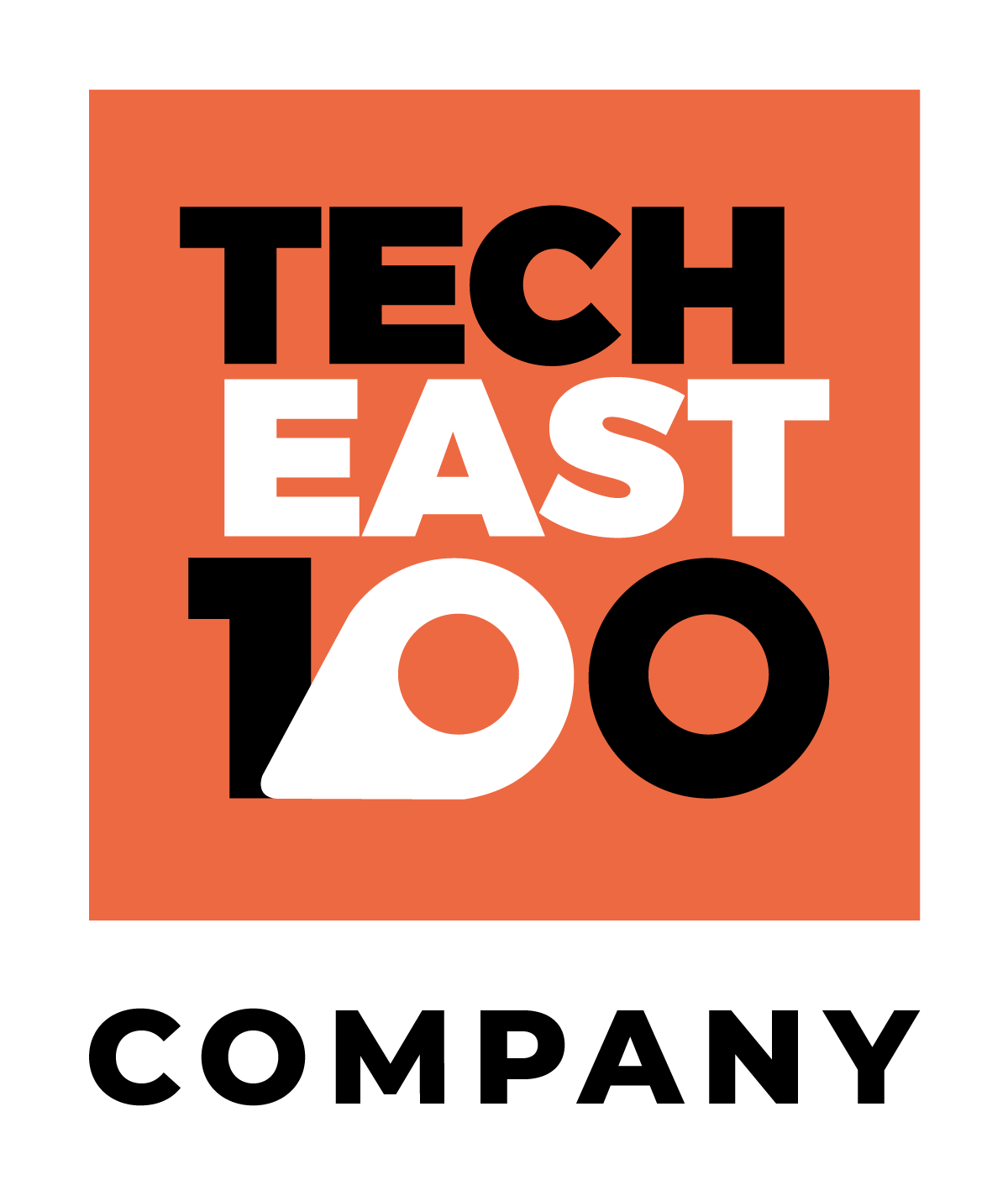In recent years, SMART technology has become increasingly pervasive and can now be identified in almost every aspect of our lives, from the technology involved with heating your home to the devices that keep us safe in our cities.
We all need to understand the key trends expected to emerge or gain momentum over the next 12 months so that we can make decisions that will benefit not just business operations but also our private lives.
Read on to find out the key SMART technology trends for 2023.
What is smart technology?
Smart technology or a smart device is one that has internet connectivity and the capability to communicate with other devices, locally or remotely, via the internet. This connectivity enhances the ability of the device and can support many features that ease processes and make everyday tasks more efficient.
One example of smart technology you may be familiar with are connected doorbells, using a built-in camera these devices display real-time video of a view from your doorstep and allow you to communicate with whoever is at your door even if you’re not home.
Each smart device is a part of the Internet of Things – an interconnected network of internet-connected devices across the globe that can communicate with each other and share information.
Smart City Technology Trends
A smart city is one that employs technology to increase the efficiency of many aspects of an environment, to monitor, adapt and prevent crises in large areas habited by humans. This includes traffic lights with remote connectivity to manage the flow of automotive traffic, commuter roads fitted with sensors to monitor damage and issue preemptive repairs or sensors that monitor water levels in rivers and lakes to reduce flooding.
In 2023 we can expect to see smart city technology increase with the following trends:
Digital Twins
A digital twin is an exact digital copy of a physical place, environment or asset that can be used to accurately assess the effectiveness of a proposed change without having to implement the change.
Digital twins are a huge time and resource saver, as governments can see whether the changes they plan to make will have the desired impact before they implement them, instead of relying on inaccurate data from past examples in different environments where alternative variables might have caused more desirable effects.
We can expect digital twins to be used more and more in urban planning from 2023 onwards.
Improved Public Safety
Real-time video data can be reviewed and analysed as an event is unfolding to improve emergency service response and increase public safety.
Further than this, crime statistics can be analysed to implement safety improvements using connected devices.
An example of this could be brightening street lighting in darker areas of a city at times when crimes like theft or assault are likely to occur, to act as a deterrent for criminality.
Increased Energy Efficiency
In 2023, smart cities will continue to leverage smart technology to improve their energy efficiency and maximise resources.
One example of this is installing sensors with traffic lights that turn off when no vehicles or pedestrians are on the road to reduce energy consumption and improve efficiency by tailoring output to the exact environment.
More Efficient Waste Removal Services
Bins and waste containment facilities can be fitted with sensors that provide waste collectors with real-time data on how much waste is in the bin.
From there, authorities can identify whether a bin should be collected now or if it can hold more waste and be collected at a later date, which can save them time, money and carbon emissions instead of travelling to empty bins that aren’t full.
Greater Citizen Involvement Upkeep
Another element of emerging smart cities that we can expect to see more in 2023 are mobile apps that allow people who live in a local area to quickly report issues or concerns to local government authorities who are in charge of maintenance and upkeep.
This saves citizens and authorities time and could provide governments with more accurate data of the structural issues that might exist within local areas, to spot patterns and make strategic improvements.
Smart Building Technology Trends
A smart building can be defined as a building (occupied by tenants, businesspeople, consumers, or otherwise) that is connected by technology, allowing it to optimise performance, share information and automate processes.
Building Electrification
To reduce carbon emissions and limit the damage already done to our environment, in the year 2023 and onwards, many large buildings like office blocks will make the switch to running on electricity rather than natural gas or fossil fuels.
We can also expect to see larger areas of car parks dedicated to electric vehicle charging points as more of the world adopts electric and hybrid vehicles and we move further towards electrification on a wider scale.
Smart Heating and Ventilation Systems
Used in conjunction with sensors, smart heating, ventilation and air conditioning (HVAC) systems can be optimised for more effective usage and energy consumption.
Algorithms can be used to make predictions on energy consumption and alter settings to create optimum living conditions based on the data collected by the smart sensors, thermostats and occupancy monitoring systems.
Improved Occupant Security
The safety and security of tenants have always been a huge focus for landlords and with greater technological improvements occurring every day, we can expect buildings to become better equipped with the best possible smart security protocols to keep occupants safe.
Some examples of these include
- Time-limited door sensor passes for short-term visitors
- Fingerprint access control for restricted areas
- Enhanced remote door and window locking facilities
Better Tenant Experience with Mobile Apps
With new issue tracking mobile apps and software that are expected to become more and more common in 2023, tenants can report maintenance issues with supporting evidence such as images or video files and suggest improvements to the building quickly and easily.
This has benefits for both tenants and landlords because issues can be raised and monitored then repairs can be scheduled for when the tenant is not in the property to ensure social distancing or at a time that is most convenient for both parties all with minimal disruption and unnecessary physical contact.
Improved Occupant Wellbeing
The pandemic taught us how important it is for the buildings we live in to be conducive of a healthy living space. For 2023, we can expect to see changes brought about by smart technology in buildings that are designed to maintain the physical and mental well being of the people who live there. Smart lighting optimised to mimic natural daylight indoors is one example that can help improve mental health while we are required to spend more time indoors for public safety reasons. Similarly, air conditioning units can be optimised to operate at the best level for the number of occupants and ensuring that clean, fresh air is circulated around the building.
Smart Home Technology Trends
Smart technology has existed in our homes for some time now from smart speakers like Amazon’s Alexa to IoT enabled toothbrushes, however, for 2023 we can expect smart home technology to cater more to bridging the gap between ourselves and others outside our homes and improve users’ quality of life, which may have declined due to the reduced social contact and interaction with outdoors that has become essential for staying safe during the pandemic.
Home Automation
With the help of smart devices, home automation is a trend set to become even more popular in 2023. Home automation starts with adding IoT devices to your home and utilising their connectivity with the internet and each other to complete certain tasks in your home, at the touch of a button (or screen).
Put simply, home automation allows you to control many aspects of your living space from your phone or another internet-connected device. The complexity of automation can range from fairly simple like setting your heating to come on at a specific time each day, to more complicated processes like advanced security surveillance systems.
Here are some examples of smart technology that can help automate your home:
- Smart speakers like the Google Nest can connect to other smart devices and assist in controlling other gadgets in your home
- Smart plugs that allow you to switch power outlets (and the devices plugged into them) on and off via your phone, tablet or computer
- Connected home security systems come with numerous features that can keep you feeling safe and are capable of providing support in the event of an emergency – such as automated motion tracking and supporting Alexa and Google voice commands
- Some smart thermostats allow you to monitor and alter the temperature of your home via simple voice commands or with your smartphone
Robot Vacuum & Cleaning
Hoovering is one of the most tedious tasks involved with the upkeep of your home but robot vacuums and other cleaning products can complete this process efficiently, without you even having to be in the room. Robot vacuum cleaners have been on the market for some time now but with time the technology involved has become more and more sophisticated. For example, the new Roomba s9+ has been designed with an improved shape, better-developed sensors and camera-based navigation making it a more effective product.
Other smart cleaning products include smart air filters, which work remotely to automatically clean the air in your home and improve air quality, smart washing machines that save you time and money and self-cleaning litter boxes that remove waste and freshen up after every use.
Improved Connected Device Security
In modern smart homes, most of the time our devices are listening to, recording or watching us which has created concerns for our security if an outside source were to somehow gain access to the data collected by these devices. From this legitimate concern, in 2023 we can expect to see a huge push for improved security and education about protecting the smart home products in your home from cyber-attacks or other security threats.
This year, we can expect designers of smart home devices and accessories to add increased security protocols and focus more on ensuring our homes are protected from cyber-attacks.
AI or ML Based Improvements
Artificial Intelligence and Machine Learning are two emerging technologies that will help smart technology make huge advances in 2023, from seemingly simple but highly effective improvements like utilising Machine Learning to improve your smart speaker’s voice recognition feature so that it understands you better and reduces mistakes when you ask it a question or AI automatically making adjustments to your digital shopping list when your smart fridge detects there’s less in your fridge than normal after your most recent food shop.
Increased Standardisation
In 2023 and the years following we can expect to see greater standardisation across smart home devices – this means more of our smart devices will be able to be controlled via a single device or app. At the moment, a lot of smart devices can only be used or controlled by a specific app developed by the manufacturing company for their specific product, for example, Oral-B’s new AI-powered smart toothbrushes link to Oral-B’s app or the Philips Hue smart lightbulb links to the specially developed Philips Hue app.
To streamline smart devices, manufacturers will look to team up with industry giants such as Apple, Google and Amazon to allow every smart device in your home to be controlled via a singular device or app.
What does the future of smart technology look like?
2023 and the years following will be instrumental in the implementation of these smart technology trends, and more broadly adopting smart technology in more and more aspects of our lives as smart buildings, homes and cities become the new normal.























